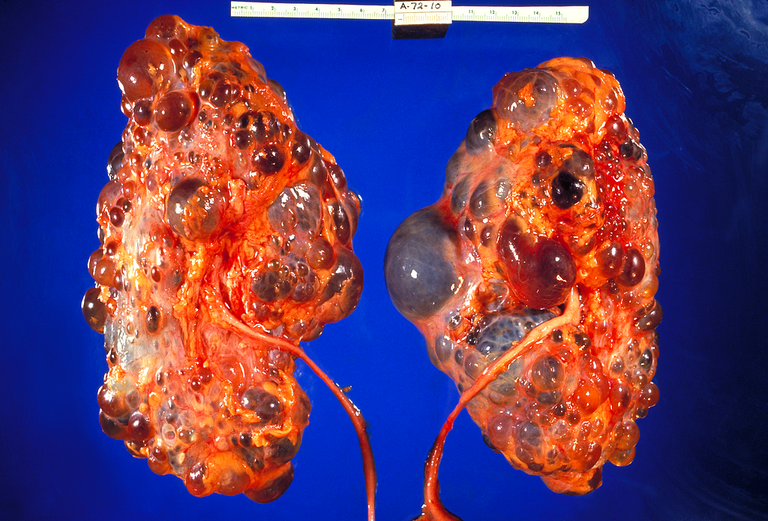What Would Happen if you Ingest Herbicide (A Case Study)
In an alarming scenario, an individual found himself in the emergency room, drenched in sweat and gripped by panic. He had inadvertently ingested herbicide, mistaking it for his sports drink. While such accidents can befall anyone, it's crucial to shed light on the potential consequences when herbicides intended for external use find their way into the human body.
Upon arrival at the hospital, especially when the person seeks help shortly after consuming the herbicide, the initial symptoms are typically profuse sweating and acute anxiety. A urine test is usually the first diagnostic step, revealing the presence of the toxic substance in the body.

In a misguided attempt to mitigate the situation, some individuals may rush to induce vomiting or attempt to flush out the herbicide. Paradoxically, these actions can exacerbate the problem as it can add to helping the solution spend time in the body. This is because as the person tries to throw up, there is a burning sensation from his esophagus reaches down to his stomach. At this point, it is certain that the person can suffer from being unsure if the herbicide or anxiety was the cause.
Examination of the patient can show increased high blood pressure and heart rate but then, to initiate the detoxification process, medical professionals would administer activated charcoal suspension to the patient. This allows for adhesion of toxic molecule thereby preventing the absorption of the herbicide from flooding into his body and his organs. This would work if the herbicide was taken at an early stage, however, if significant time has passed since ingestion, the herbicide may have already permeated the bloodstream and vital organs, rendering charcoal treatment ineffective.

Some herbicides, like Diquat dibromide, wield potent destructive powers. Diquat dibromide is known for its ability to hinder plant photosynthesis by disrupting electron flow, but its effects on humans are equally devastating. It can trigger multi-organ failure, causing a drastic drop in blood pressure and heart rate. As time elapses, the patient may become lethargic, and their complexion may take on a bluish hue.
Patients of such toxic poisoning can suffer from Oliguria where there is a reduced urine output as time goes on. Dialysis can be done on patients, passing their blood through a machine for cleaning and sent back to the body. This function is supposed to be done by the kidney but cannot since it has been affected by the toxin. The substance has a high chance of damaging the inner lining of his stomach since diquat is a Bipyridyl herbicide making it have a high affinity for electrons. Diquat in humans lead to the collecting of electrons from normal process it would create superoxide radicals. Our body knows how to convert superoxide to hydrogen peroxide then water but this doesn't eliminate the toxin, and this causes the process to repeat, removing water in the cell. An Hydroxyl radical is also created in the process, and this causes stress to cell and the cell death which can then lead to damaged organs.

With the organs shutting down one after the other, the patient can go into shock. The heart isn't always spared in most cases, as the ventricles are often targeted. The liver also starts to die as it fails to metabolize the herbicide so the body is in more risk as there is no detoxifying agent to detoxify the toxin. Most organs would suffer from this mistake, ranging from the esophagus, the heart, the liver, kidney, intestine, and blood cells begin to die preventing the ability to hold oxygen. Over time, the pupils will begin to dilate and will not react to light as a result of abnormalities in his brain stem as there was an infarction to the brain as a result of lack of blood to the brain.
Unfortunately, there is no established treatment for Diquat dibromide poisoning once it has penetrated the stomach. However, if the herbicide is still in the stomach, activated charcoal and fullers earth can be administered to bind and inactivate the toxic substance. This cautionary tale extends to other herbicides like Paraquat, which also inflict severe damage on the human body when ingested.
This serves as a stark reminder of the dire consequences when herbicides meant for external use find their way into our bodies, underscoring the importance of proper labeling, handling, and storage of such hazardous substances.
Image Reference
Image 1 || Pxfuel.com || Emergency Room
Image 2 || Flickr || Technicians mix spraying chemical (herbicide) with water at Igede Ekiti
Image 3 || picryl.com || polycystic kidney disease
Read More
https://www.ncbi.nlm.nih.gov/pmc/articles/PMC8246526/
https://www.epa.gov/pesticide-worker-safety/paraquat-dichloride-one-sip-can-kill
https://toxandhound.com/toxhound/ff-di-paraquat/
https://pubmed.ncbi.nlm.nih.gov/10778908/
https://www.ncbi.nlm.nih.gov/pmc/articles/PMC9030962/
https://www.ncbi.nlm.nih.gov/pmc/articles/PMC9638031/
https://pubchem.ncbi.nlm.nih.gov/compound/Diquat-dibromide
https://www.ncbi.nlm.nih.gov/pmc/articles/PMC4047698/
Thanks for your contribution to the STEMsocial community. Feel free to join us on discord to get to know the rest of us!
Please consider delegating to the @stemsocial account (85% of the curation rewards are returned).
Thanks for including @stemsocial as a beneficiary, which gives you stronger support.